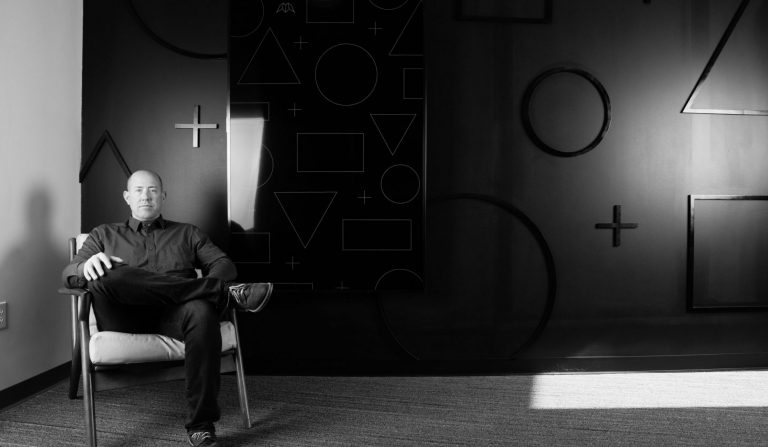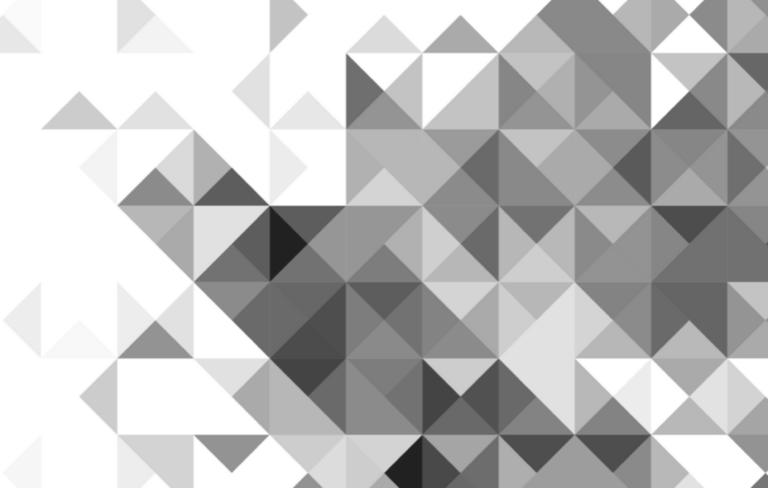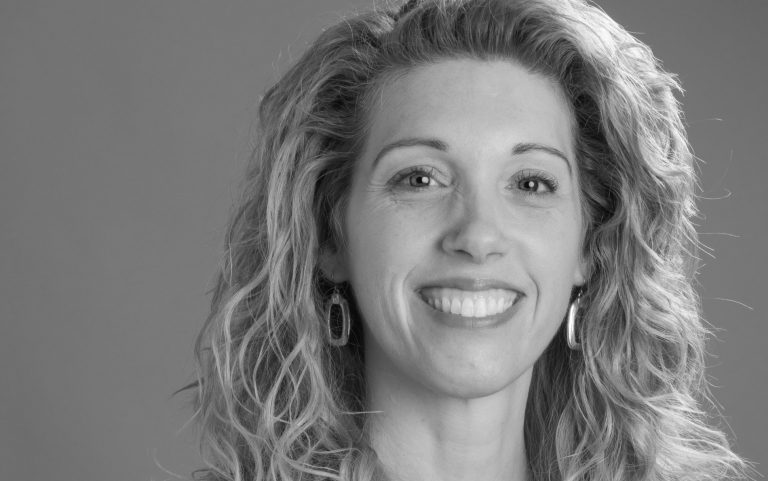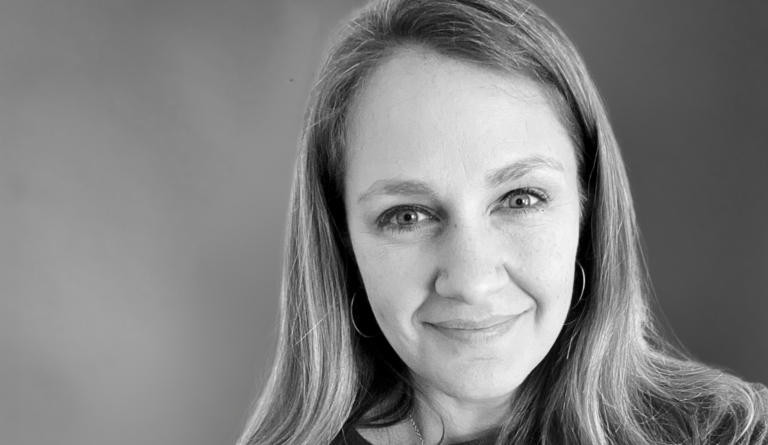I’ll acknowledge that I can be a bit of an ornery curmudgeon, but there’s one piece of flawed leadership advice that has been floated so often in recent years, by so many, that most people are starting to accept it as conventional wisdom. I hear it all the time: “Focus on the positive.” The idea is to spend your energy helping people further develop their strengths and not on improving their weaknesses. This is often called “strengths-based leadership” and like all good lies, it’s partly true.
I find it helpful to break our personality characteristics into two categories: those based on hard-wiring, and those based on maturity (frankly I’m not even sure there’s a bright line between the two, but let’s assume for a moment there is). For issues of hard-wiring, yes, it is good to focus on strengths, in order to select roles and tasks and teammates, such that the gaps are not a catastrophic liability.
On the other hand, for leadership characteristics that are based on maturity or character, it is foolish not to focus on the gaps. Especially as leaders gain rank and responsibility, they don’t get in trouble because of lack of knowledge or natural abilities, but because of immaturities that lead to (often unintentional) self-sabotage. Sometimes the maturity gap is well known to the leader. (“I’ve been dealing with this my whole life. It’s just the way I am.”) And sometimes it’s a blind spot.
For example, I’ve known I’m a naturally dominant leader for decades. I tend to fill every power void I encounter. I’m tempted to take charge even when my assertiveness is unwelcome, unhelpful, and unrequested. Over the years, I have tried with some success to keep this dominance in check. Self-regulation is a component of maturity, after all. Five years ago, something shifted; I started gaining hope that I wasn’t destined to always be a bull in a china shop. A friend catalyzed this change by dropping some wisdom on me about what was going on under the surface, inside me. This started a new (likely lifelong) journey of recovery and maturation. I’m on the path. But before that conversation, I had no idea this particular path even existed..
The main reason organizations avoid conversations about character and maturity and self-sabotage is that leaders don’t know how to handle them. Maybe because they’ve tried and found it hard, unfruitful work. Based on that experience, many generalize, “It’s a waste of time to focus on the gaps. Focus on the strengths, instead.”
The best way to start those conversations is to 1) Check your heart. Are your intentions (mostly) pure?. Then, 2) humbly offer a perspective. Have an opinion about what may be going on inside someone else, and be willing to be wrong. And 3) Turn it into a dialog. Talk with them about what’s on the inside. Dialog about maturation and transformation is scary, but it gets easier with practice.
One tool that provides insights to drive better conversations about maturity gaps is the Enneagram, a uniquely powerful personality model that focuses on the underlying (and often unconscious) motivations that drive our behaviors. Once we wake up to deeper truths about our own drives and our ego’s sneaky and insidious tricks, we discover new choice, hope, and possibility. The Enneagram offers a shared language that serves as a stable foundation for difficult conversations.
I’m glad my friend had the courage to go beneath the surface with me. Can we find the courage to provide the same gift to others?













